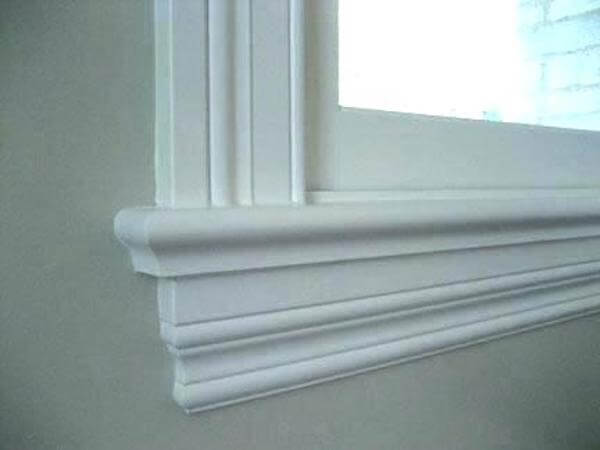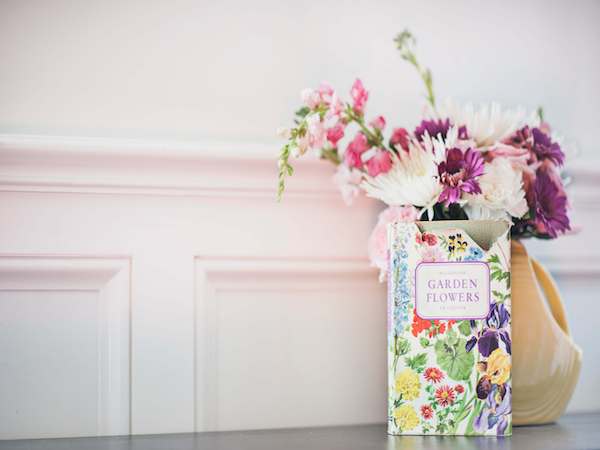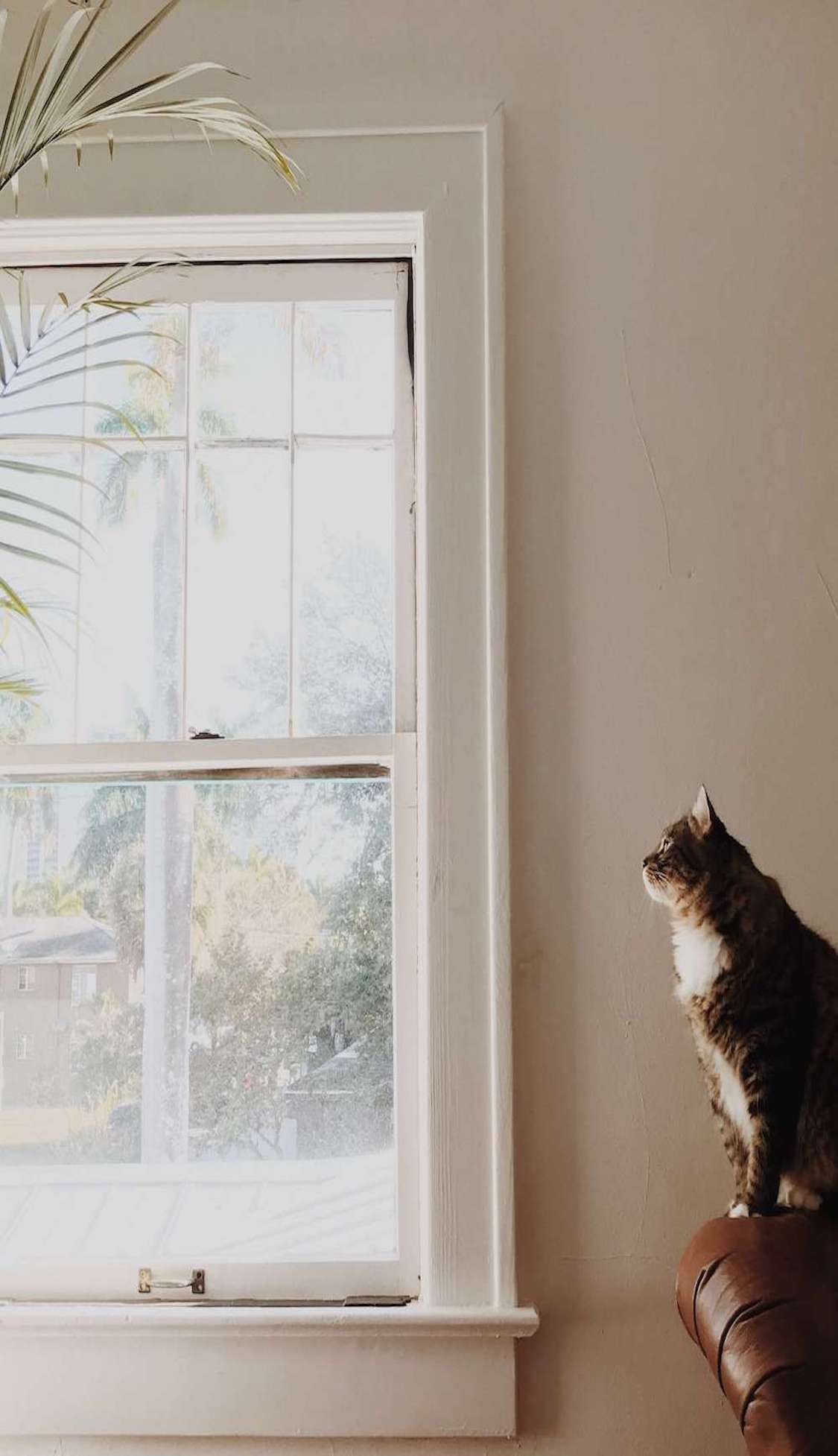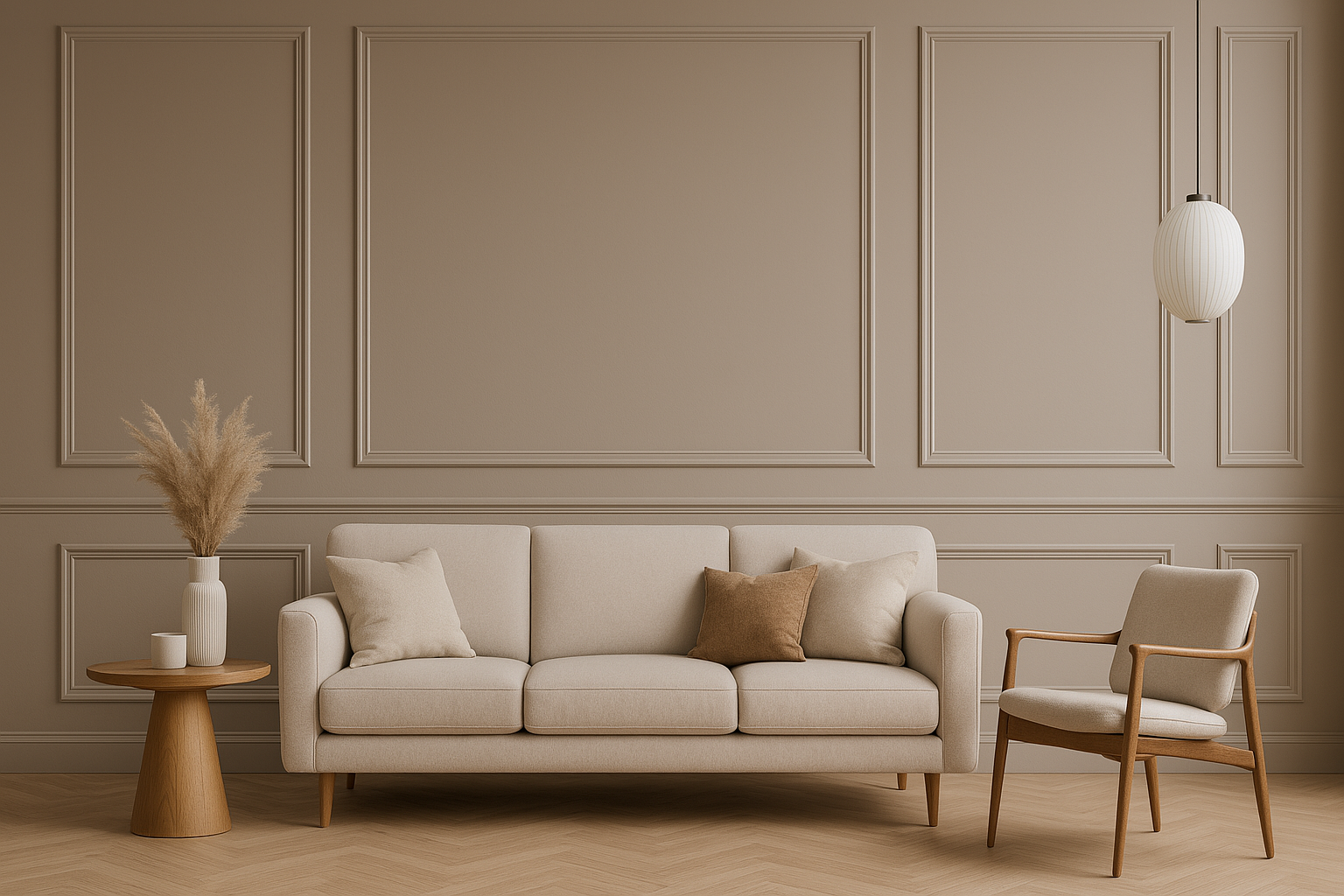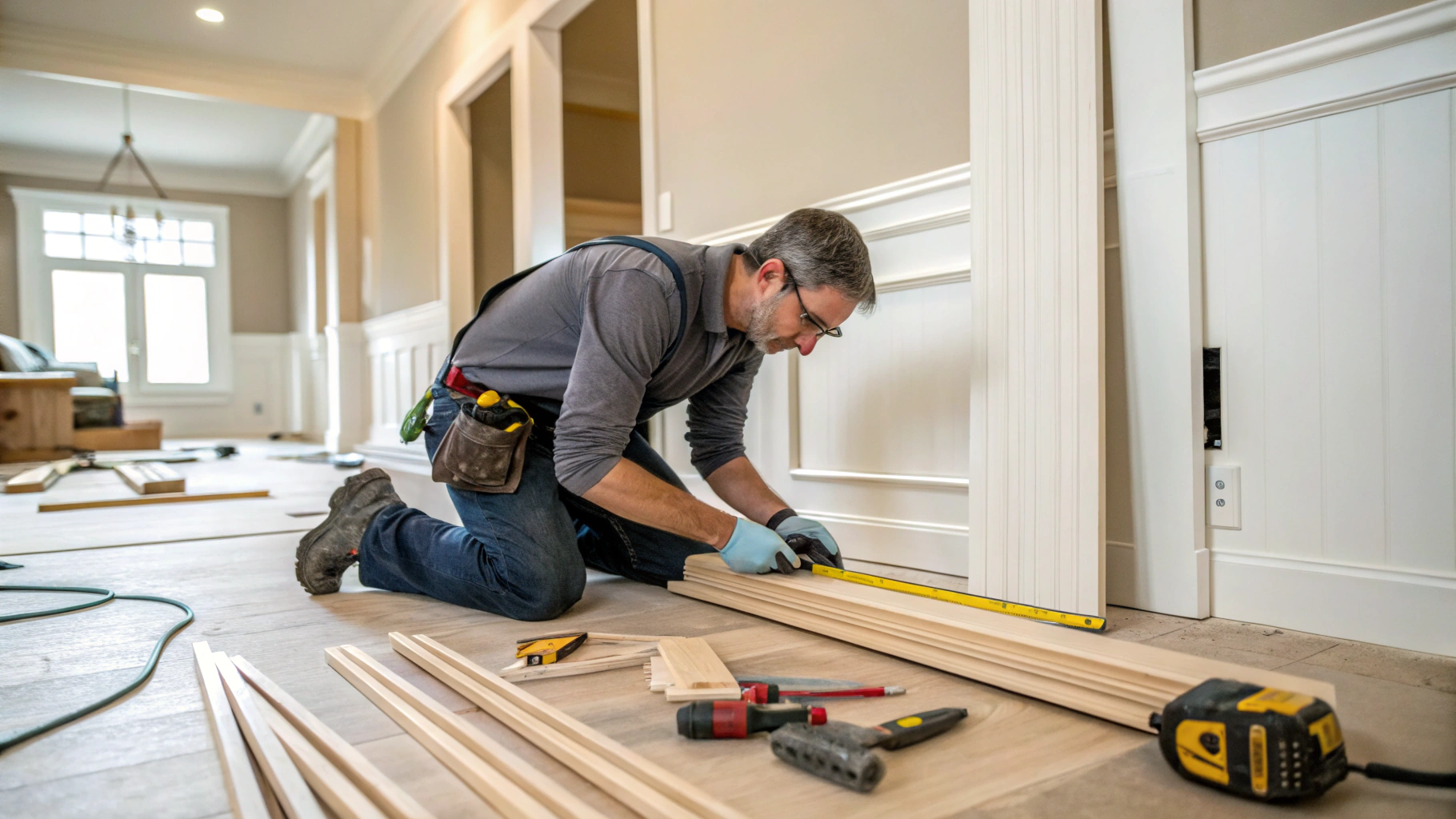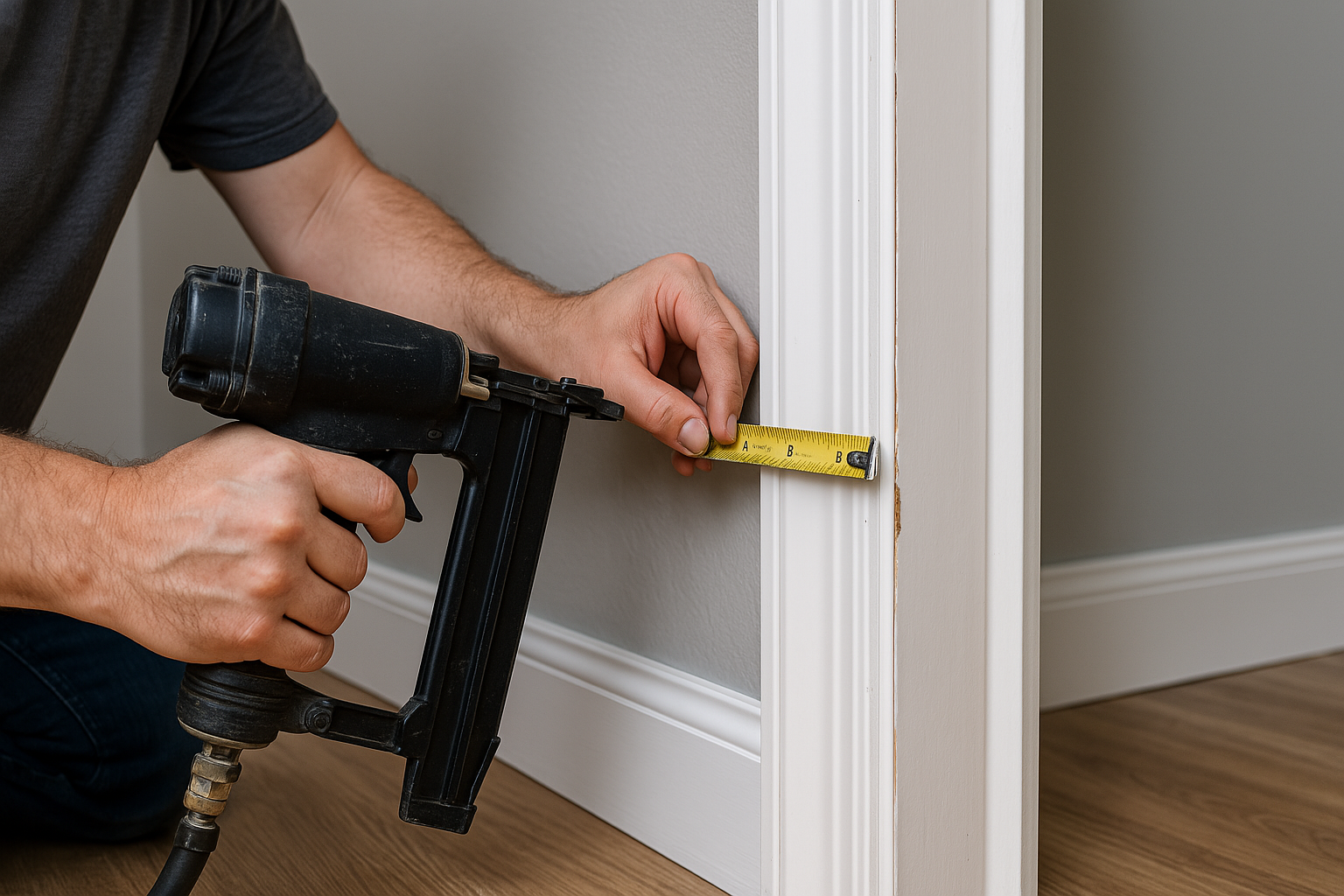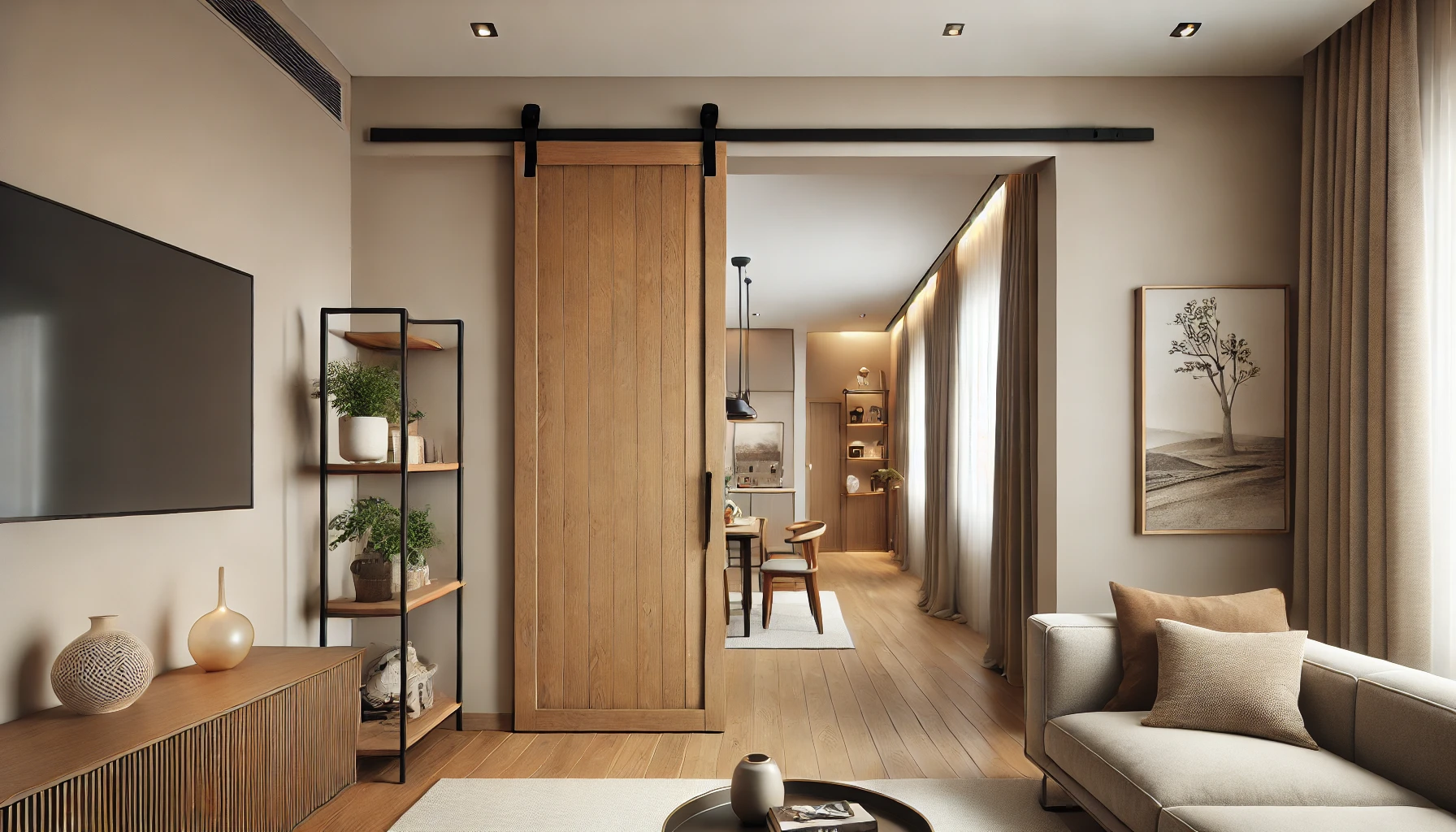Adding Decorative Trim Moulding Increases a Homes Value
When adding any type of decorative trim moulding to any room or space, it not only updates a rooms feel and design it also increase a home’s value. Any top real estate agents across Toronto and the GTA all agree that updating a home’s appearance makes the subject property more marketable. In doing so, it add value as more buyers are likely to come visit the home while they hunt for their next place to live. The more buyers, the more likely the home will sell for a higher asking price than comparable homes in the neighbourhood that have not been updated.
Painting your decorative trim is also key to establishing a higher asking price when selling the home. Ensure the paint colour is current and up to date in todays interior design trends. All major Canadian banks agree that by improving your homes interior design and feel will increase the overall value. Adding decorative trim with the right designs will definitely help improve any room throughout the home.
Decorative Trim Quickly Updates any Room or Space in Your Home
Renovating a home can be stressful to say the least. Overall costs begin to add up while at the same time you may not achieve your overall interior design look 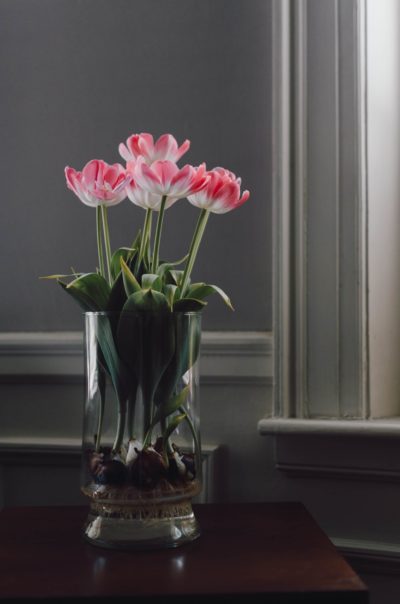 and feel. Sound familiar? Even some of the most experienced interior designers agree that when working with a tight budget can produce underwhelming results. Adding decorative trim moulding to your home renovation plan is a great way to not only add a rich and up to date feel, it’s also extremely cost effective while also having a short turn around installation time frame.
and feel. Sound familiar? Even some of the most experienced interior designers agree that when working with a tight budget can produce underwhelming results. Adding decorative trim moulding to your home renovation plan is a great way to not only add a rich and up to date feel, it’s also extremely cost effective while also having a short turn around installation time frame.
The other advantage to adding decorative trim to any room is that it’s a finish product, meaning, it’s usually installed towards the end of your home renovation, just prior to the painting stage. An experienced trim carpenter will be able to install a custom look to any room within days in which also includes the trim’s paint. Hiring a trim carpentry contractor that also offer painting their work as part of their overall services benefits the home owner or general contractor overseeing the project.
Most cove mouldings designs are fairly inexpensive unless you require a more custom design feature in which the trim carpenter would have to router and mill your design concept on site. These designs include a raised panel wainscoting or a crown moulding build-up. A crown moulding build-up come be as simple as a 2 piece to a 4 piece build-up based on the heigh of the room.
The type of materials also matter when talking about overall cost, MDF is the most budget friendly material while also being the most budget friendly from an installation perspective as well. The other main factor is the type of finish. If it’s a paint grade finish than it’s much less expensive while a stain finish could be more costly because of the type of material needed to achieve a stain finish. Most interior designs in the bulk of homes being built today are typically finished in a paint grade while older homes like a Toronto Victorian is typically restored to its original stained look.
Add Decorative Trim like Crown Moulding or Panel Mouldings on the Wall
Adding Decorative Trim like crown moulding or panel mouldings on a wall in a specific room is a great alternative to just painting the room. It’s also an interior design that truly updates any room where the said moulding is installed. When installing these types of trim cove mouldings it immediately freshens up your home while not breaking the bank. 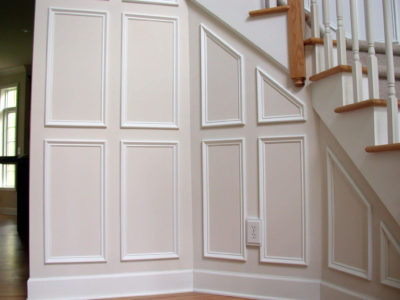
When the right size, profile and style of crown moulding is added, it will create a different feel while also bringing the home into the latest interior design trends. Crown moulding is also known as the first type of cove moulding that most home owners include in their interior design. Adding panel moulding on a wall has become more popular in your traditional cookie cutter style home over the past few years. It’s become so popular due to the look this type of design offers. Panel wall moulding can be installed anywhere, yet it’s become popular in spaces like the bottom of a staircase or along the staircase steaming from the stairs riser and running as high as the ceiling. Some interior designers have also started painting panel moulding the same colour as the wall it’s installed on versus colouring the cove a more traditional white.
Most Popular types of Decorative Trim Cove Mouldings
Other popular decorative trim include wainscoting with a chair rail as this is a perfect design for rooms like a dining or living room or hallway from the front door of a house leading to other main floor rooms. Another big hit for home renovators is replacing all the builder grade trim that builder use in newer built homes. They typically change the door and window casing by adding a backbend to the door casing where as the window trim is swapped out for a more proper stool and apron design.
The other main trim that is swapped out when home owners buy new homes from builders is their baseboard. Typically, home builders instal a very small baseboard AKA skirting that is not higher in profile than 2 inch. The standard today when installing baseboard in any type of home is at least 5 1/4 inch high with a deep profile style, regardless if it will be finished with a paint or stain grade.
Wainscoting would be the next choice by most home owners. The great thing about wainscoting is that it can be added at a later date. The trick with installing wainscoting is to make sure you’re happy with the height and style of your baseboard. Wainscoting is known as a ddd-on decorative trim yet its built-up based on the gap spaces between each cove. Its spaced from the chair rail as well as the baseboard. The key is to space each gap equally or else the wainscoting won’t match and hence would need to be re-installed.
Get a Free Quote
Learn How Miter5 Can Help with Your Trim Carpentry Projects

